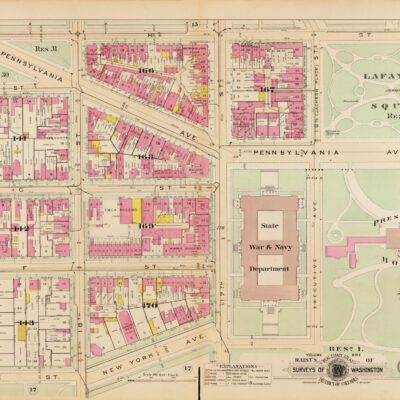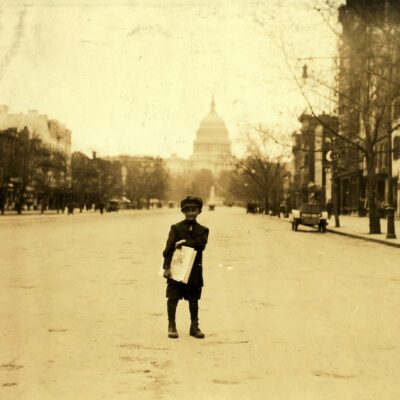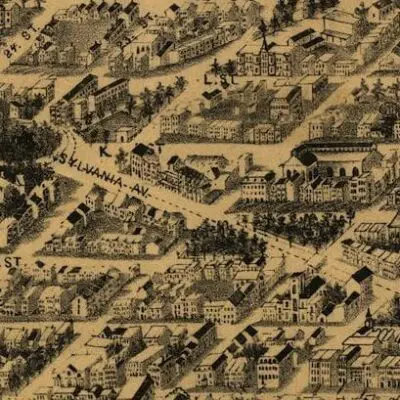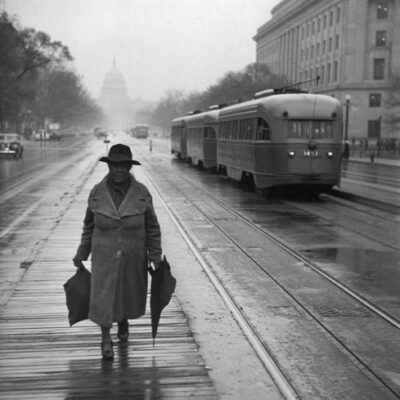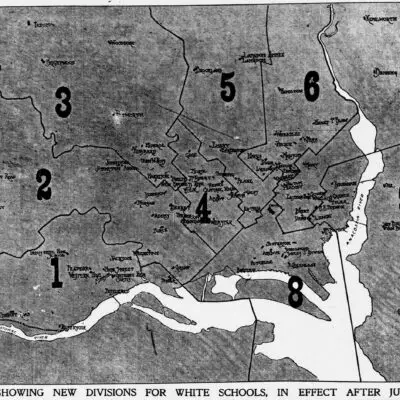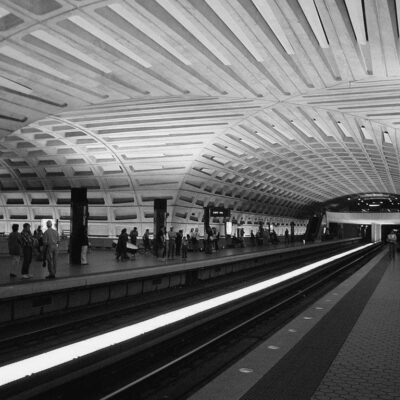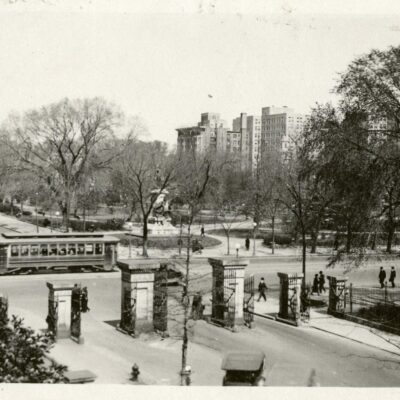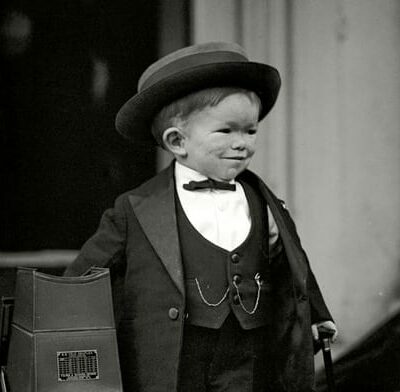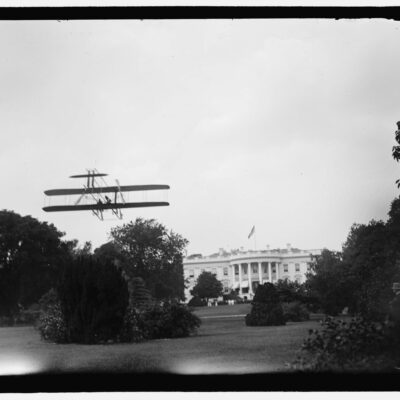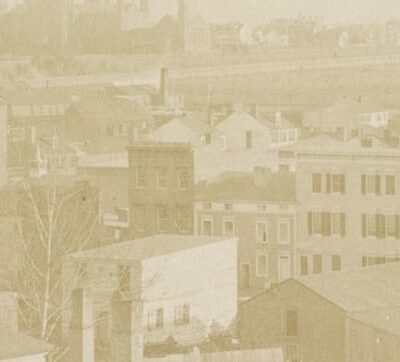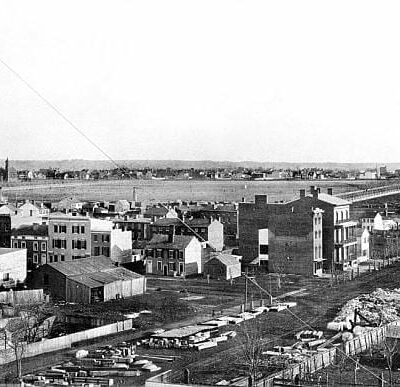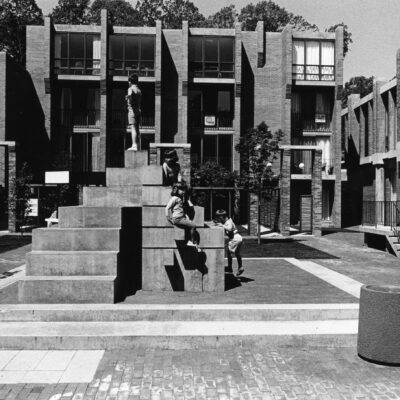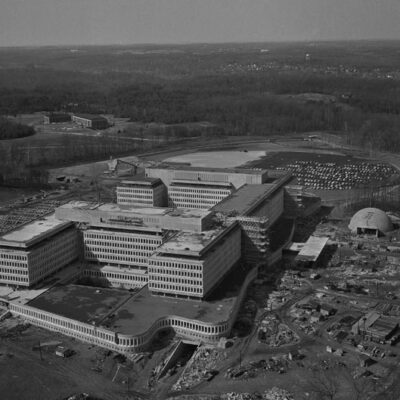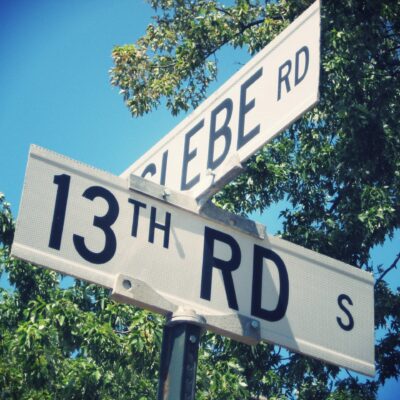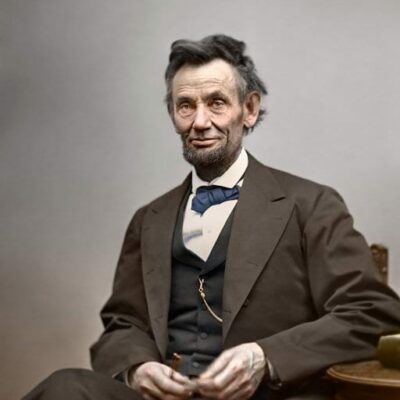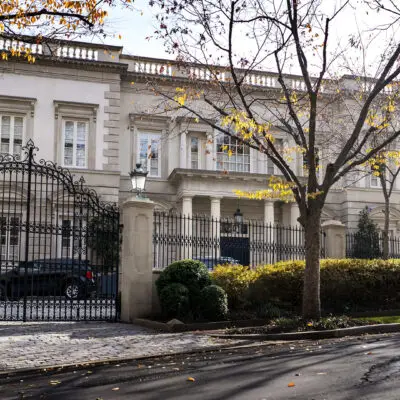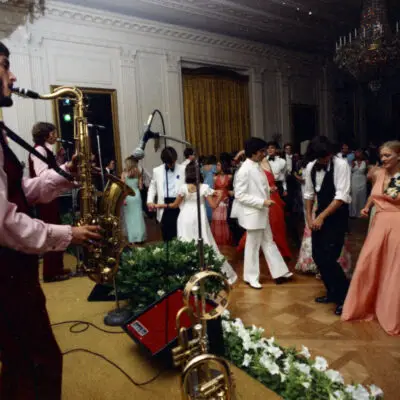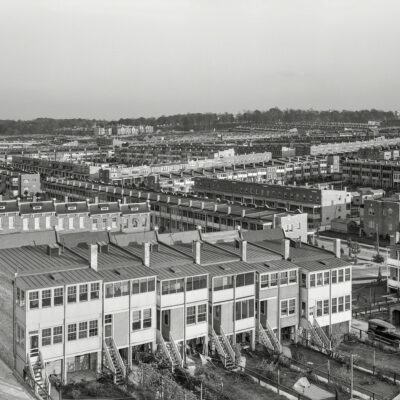This might be shocking to some of you, but had the outcome of some debates and votes been different, people might have taken their eighth-grade field trips to a different United States capital city.
The War of 1812 was disastrous for Washington as the British rampaged through and razed the city. After the British defeated Napoleon in April of 1814, they had an excess of military resources ready to deploy to their conflict in North America.
In August of 1814, they won a decisive battle on the outskirts of the Federal City, at Bladensburg, Maryland, and marched on Washington.
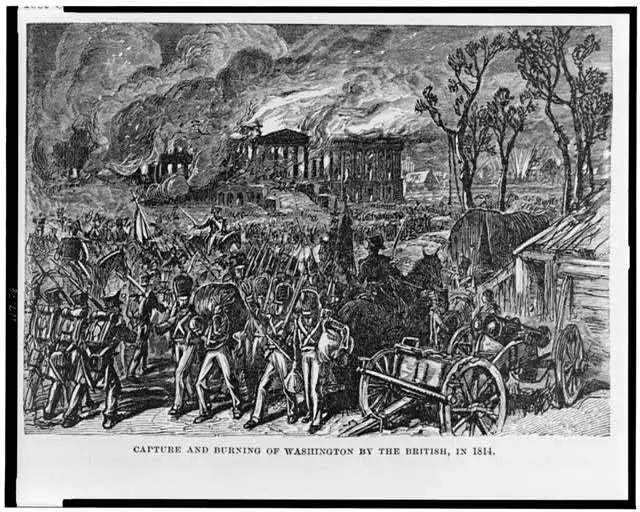
The British commanders had orders to burn all public buildings in the capital, torching both the President’s House and the Capitol Building. Were it not for the courageous actions of First Lady Dolley Madison and President Madison’s personal servant and slave, Paul Jennings, many of the valuables on display in the White House today would have been lost forever.
Major investments were made to build a city from nothing on swampy lands near the Potomac. Despite that fact, the act of governing and running a nation at war from the ruins of the Capitol Building and the President’s House was not possible.
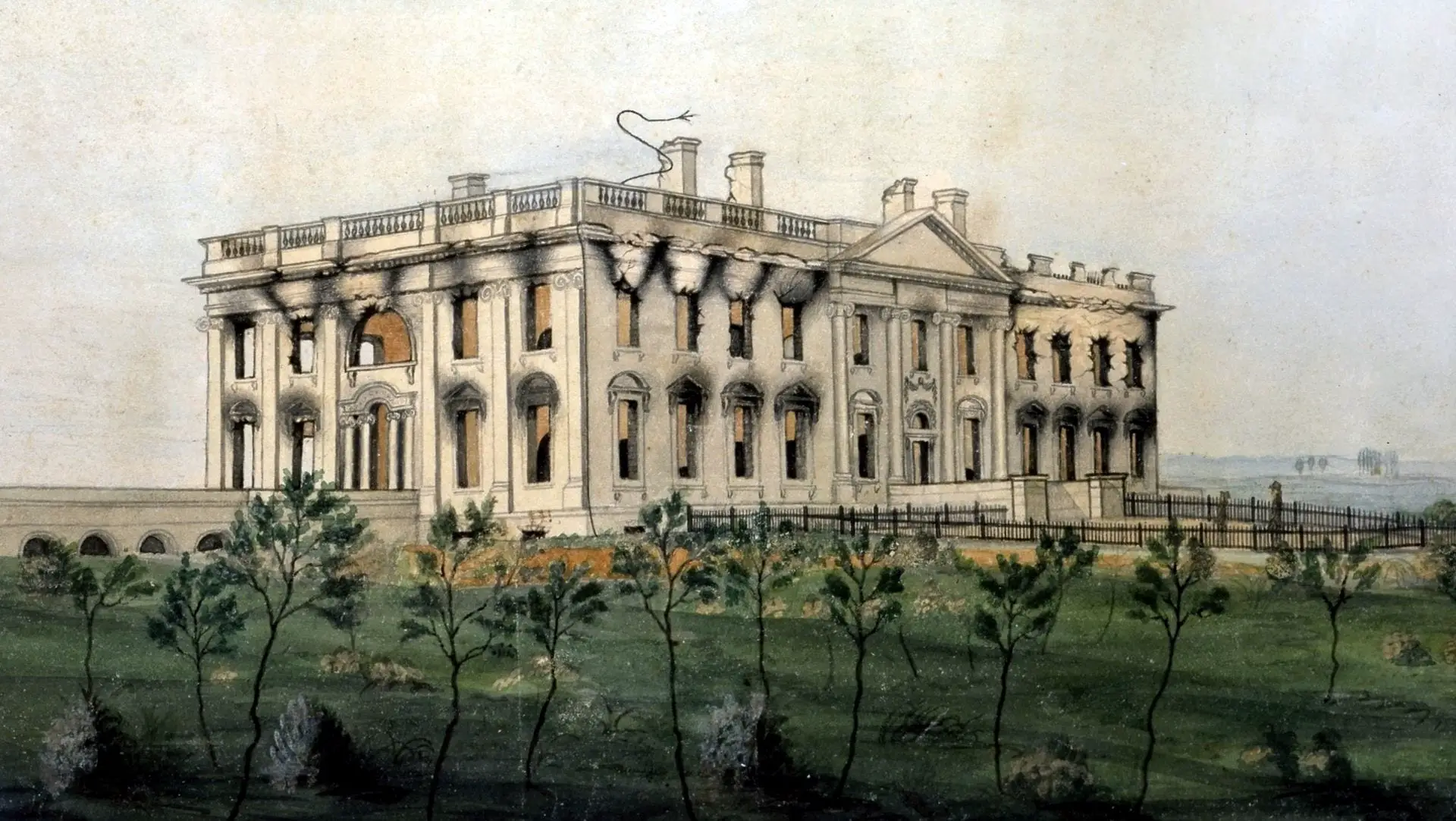
Congressman Jonathan Fisk of New York introduced a resolution to study the temporary removal of the capital. The resolution came to the House floor on October 3rd and passed by a vote of 72 to 71.
Almost immediately, this kicked off a crisis for Washington as northerners saw an opportunity to move the capital to a more urban and cosmopolitan location (i.e, north of the Mason-Dixon line). Massachusetts Congressman John Quincy Adams stated “the removal of the seat of government … may prove a great benefit.” The momentum was slowly shifting in support of moving the capital, yet southerners had great fears that temporary removal of the capital would become permanent, firmly entrenching the seat of government in the north.
The city of Philadelphia jumped at the chance to volunteer itself as a temporary home, eager to reclaim the title of nation’s capital. A number of other localities offered to become the temporary quarters, including Georgetown, when Mayor Thomas Corcoran hastily offered the campus of Georgetown College (without permission of the school).
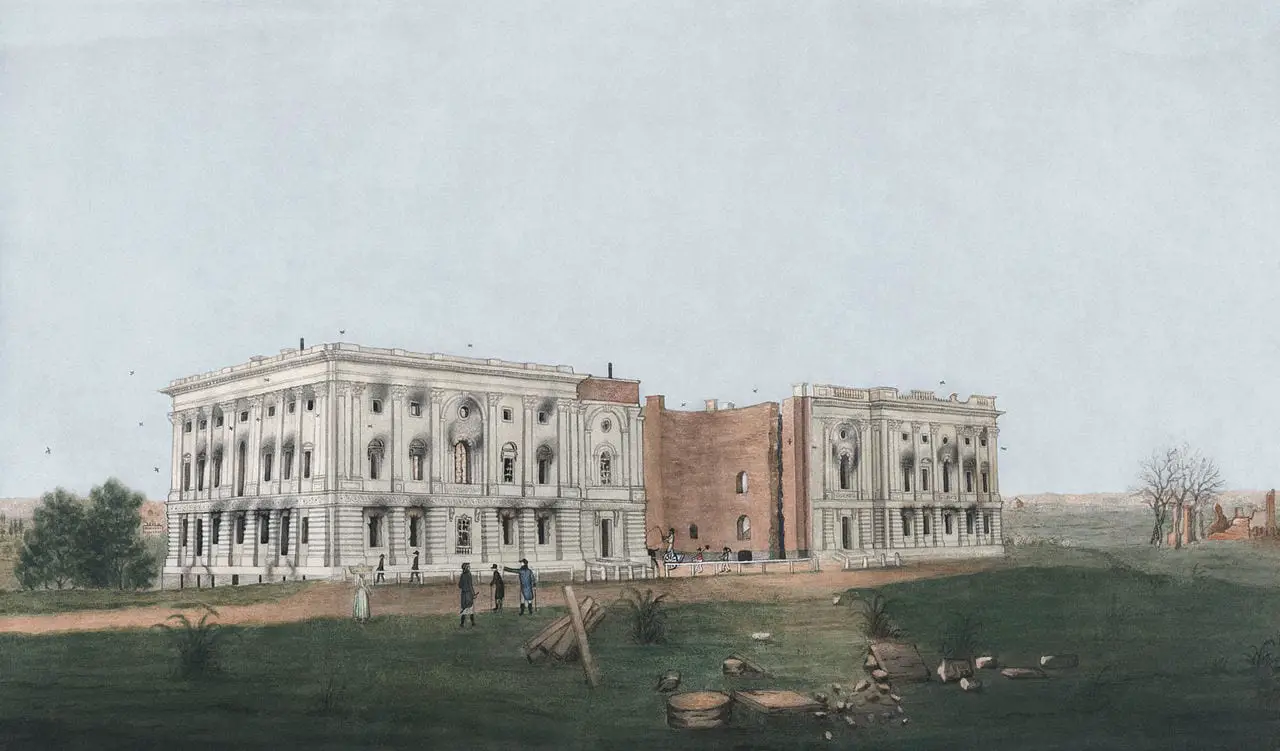
Washington’s legitimacy was being attacked on numerous fronts and it was at serious risk of becoming abandoned, irrelevant and fade into history. A final bill was brought to Congress to move the seat of government to Philadelphia for the duration of the war with only two concessions to Washington: money would eventually be appropriated to rebuild the city and a pledge was made to return to D.C. after the war. Weak promises, especially with the fact that inertia would likely keep the government in Philadelphia permanently, had it moved.
Fortunately, the bill was defeated 83 to 74 votes. Washington was saved … well, sort of.
Congress had settled into a tiny space in the city post office, shared with the Patent Office; the space was less than accommodating and grumblings of relocation were resurrected. This time, private citizens and Washington businessmen came to rescue, quickly raising enough funds to erect a another building to house Congress while the Capitol Building was being rebuilt.
Don’t fool yourself though … The businessmen of Washington, including former Mayor Robert Brent, were not being altruistic or patriotic. They wanted to protect their significant real estate investments, which would collapse should the government leave town.
They rapidly erected this new Brick Capitol, a three-story building offering both houses of Congress more space than they ever had in the ruined Capitol. Congressional business was conducted in this building for almost a decade, until 1825.
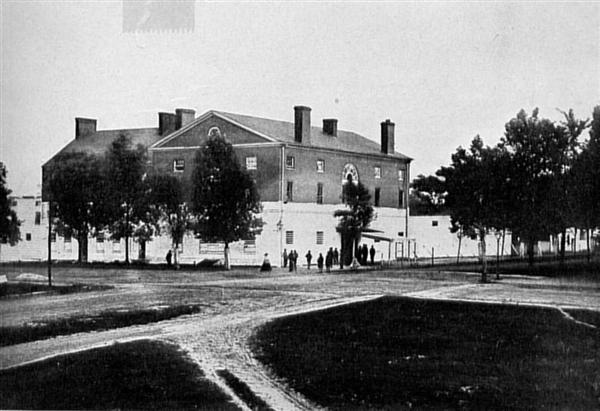
Another bit of trivia is that our fifth president, James Monroe, took the oath of office outdoors, in front of the Brick Capitol. This was the first time the inauguration was held outside, and it is a tradition that continues to this day.
Once Congress moved back into the Capitol Building, the old Brick Capitol became the Old Capitol Prison (where Mary Surratt and a few Lincoln assassination conspirators were held) … a great subject for a future post (a friend already suggested this a while back). The Supreme Court is now located where this building once stood.
I will add that this was not the only time there was a threat of capital relocation. There was very serious movement, pushing for moving the capital in 1868 — also a subject for a future GoDC post.
UPDATE: I found another cool image of the Brick Capitol building on the Architect of the Capitol’s website.
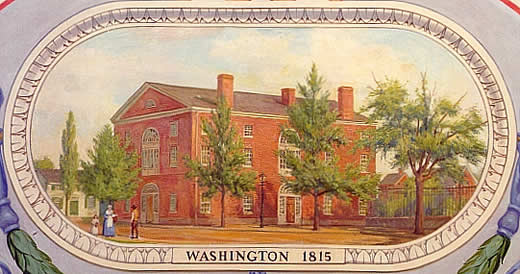
Related articles
- War of 1812 Bicentennial Observance: The Burning of Washington (lccwrt.wordpress.com)
